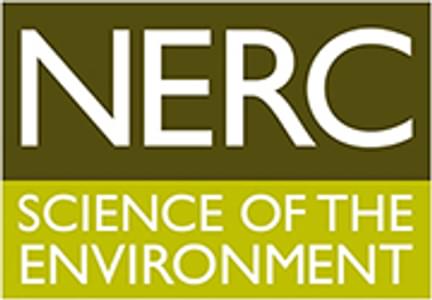What are microplastics and how do we research them?
Microplastics are defined as pieces of plastic less than 5mm across in size. An estimated 28 million tonnes of plastics end up in the oceans every year.
Brought to you by

Microplastics are defined as pieces of plastic less than 5mm across in size. An estimated 28 million tonnes of plastics end up in the oceans every year.
Brought to you by
